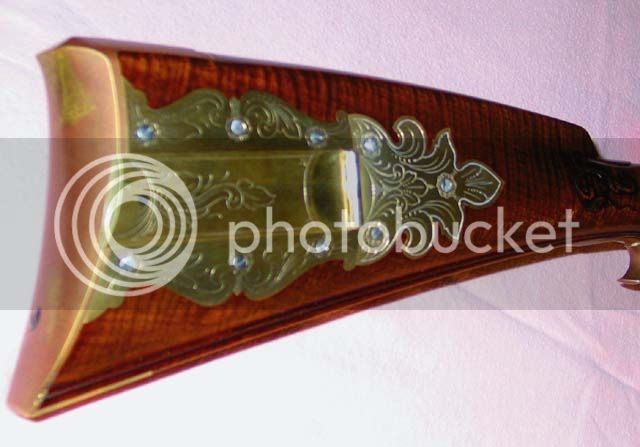Usually, brass and bronze should be bent cold.
There are hundreds of different kinds of brass and bronze so it is next to impossible to say what kind of material was used to make your trigger guard.
Unfortunately, some of these materials are quite brittle and will break when they are bent very far. 20-30 degrees sounds like it would be pretty far.
All of the copper alloys share a tendency to "work harden". That means when they are bent, they get harder and more brittle.
I mention this because one never knows if the trigger guard you have was bent at the factory and it has become hardened by some bending.
If you have a method of heating the trigger guard so it is red hot, you can soften any hardening that might exist before you attempt to bend it.
To do this, the brass in the area to be bent must be heated up to a fairly bright red color. ( Not orange-red which may melt it.)
After it has reached this red hot color, let it air cool. That should soften it enough to allow it to be cold bent without breaking.
I say should because cast parts like a trigger guard can have internal flaws that will break even though the part is annealed (softened) before bending it.
I should mention that before bending it, study it and the area it fits into.
First time builders sometimes jump to the conclusion that something radical needs to be done to a part when in fact, it, or the area it fits only needs a little modification to make it work.
On a positive note, if you do break it, Traditions should be able to sell you a replacement.







